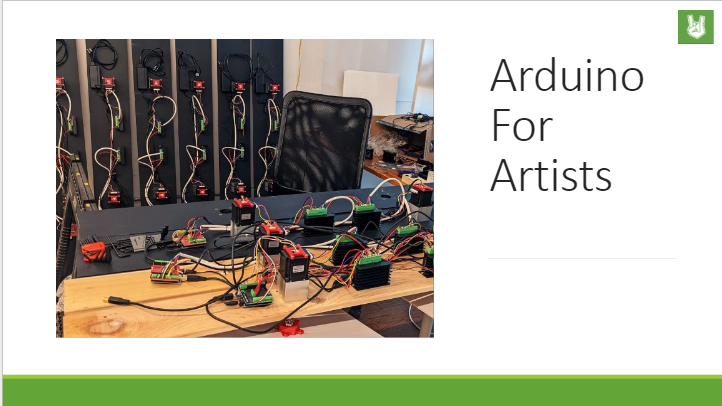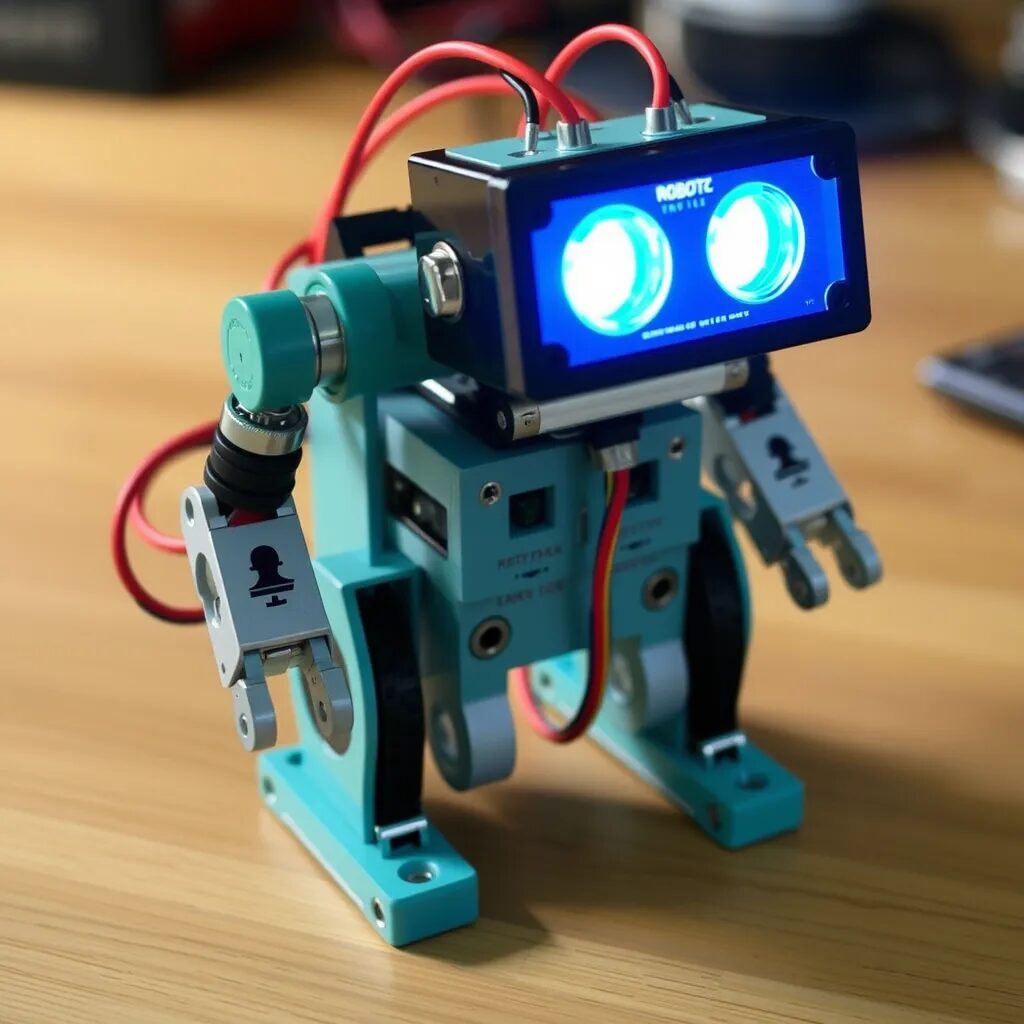Arduino for Artists – Arduino Uno is a popular open-source platform that allows makers and artists to create interactive projects using simple hardware and software. With its easy-to-use programming language and extensive community resources, Arduino is a great tool for artists who want to explore the intersection of art and technology.
In this article, we’ll explore some creative Arduino projects that are perfect for makers and artists. Whether you’re a beginner or an experienced maker, these projects will help you unleash your creativity and explore the possibilities of Arduino.

What is Arduino Uno?
Arduino Uno is a microcontroller board based on the ATmega328 microcontroller. It is one of the most popular and widely used boards in the Arduino family. The Arduino Uno has 14 digital input/output pins, 6 analogue input pins, and a 16 MHz crystal oscillator. It also has a USB connection, a power jack, an ICSP header, and a reset button.
The Arduino Uno is designed to be easy to use and accessible to beginners, and it is commonly used in a wide range of DIY electronics projects, including robotics, home automation, and Internet of Things (IoT) applications. It is also popular in educational settings, as it provides a simple and affordable way for students to learn about programming and electronics.
The Arduino Uno can be programmed using the Arduino Integrated Development Environment (IDE), which is a free, open-source software platform that supports a variety of programming languages. With the Arduino IDE, users can write, upload, and debug code for their Arduino projects. The Arduino Uno is compatible with a wide range of sensors, actuators, and other hardware components, making it a versatile and powerful tool for building a wide range of electronic projects.
Application of Arduino
- LED light installations: LED lights are a versatile and affordable way to add visual interest to your art projects. With Arduino, you can create interactive LED installations that respond to sound, movement, or other stimuli.
- Audio visualizers: Use Arduino to create a visual representation of sound waves or music. This can be a fun and creative way to explore the relationship between sound and visual art.
- Interactive sculptures: Bring your sculptures to life with Arduino. You can create interactive sculptures that respond to touch, sound, or other stimuli, adding an extra layer of depth and engagement to your art.
- Animatronic puppets: Use Arduino to create animatronic puppets or marionettes that can be controlled using simple buttons or sensors. This can be a fun and creative way to explore the world of animation and puppetry.
- Interactive installations: Create interactive installations that allow visitors to interact with your art in new and innovative ways. With Arduino, you can create installations that respond to touch, sound, or other stimuli, creating a unique and immersive experience for your audience.
Overall, Arduino Uno is a powerful and versatile tool for makers and artists. It is who want to explore the intersection of art and technology. Whether you’re a beginner or an experienced maker, these projects provide a great starting point for exploring the creative possibilities of Arduino. So, if you are an artist looking for new ways to express your creativity, consider giving Arduino a try!
Illustration of Arduino where Arts Meets Technology
The Rattling Robotic Raven
Of course not all art is in two-dimensional forms, as some art forms include sculptures and statues, and in this case, an animatronic, talking raven. Robots have always been looked up to in the upcoming future. At the same time, feared, but more or less, it is always astounding to create such artificial life. This is what Pibyte has created for a fun yet ominous Halloween project.
The main functionality of his project is the robotic raven. To greet his spooky guests with full voice and motion. Using the overall basis of this project as a foundation, it is possible to apply this project to other creative works. For example, an automated Santa and elves who sing carols for the holidays. Or a robotic mascot for your shop to greet your customers when they first enter through the door.
It is the small things in life that just increase one’s quality of life and with these projects. It is guaranteed to put a smile on someone’s face. This is what art is supposed to be, art emits emotion and is supposed to make us think about everyday life. And with these animatronics, we get to interact with them more and more every day.
Conclusion
The main point of this blog is to increase your imagination and get creative. Furthermore, with the Arduino, you can create things you desire and the limits of what you can imagine, are endless. Circuitrocks brings Arduino for artists to explorer creativity with technology.
FAQs on Arduino for Artists
Q1. Can you make money from Arduino?
A: There are many ways you can use an Arduino board to make money, including: Building and selling custom devices or automation systems. You can use Arduino to create custom devices or automation systems for customers.
Q2. Is Arduino an expensive tool?
A: Inexpensive – Arduino boards are relatively inexpensive as other microcontroller platforms. The least expensive version of the Arduino module can be assembled by hand. And even the pre-assembled Arduino modules cost less than \$50.
Q3. Is Arduino 32 or 64-bit?
A: It has already been ported to a 32-bit Arm – the Arduino Due – 84 MHz, Cortex M3. To port it to a 64-bit CPU, someone would need to create a design for the PCB, and set up an appropriate build/compile system for it.



